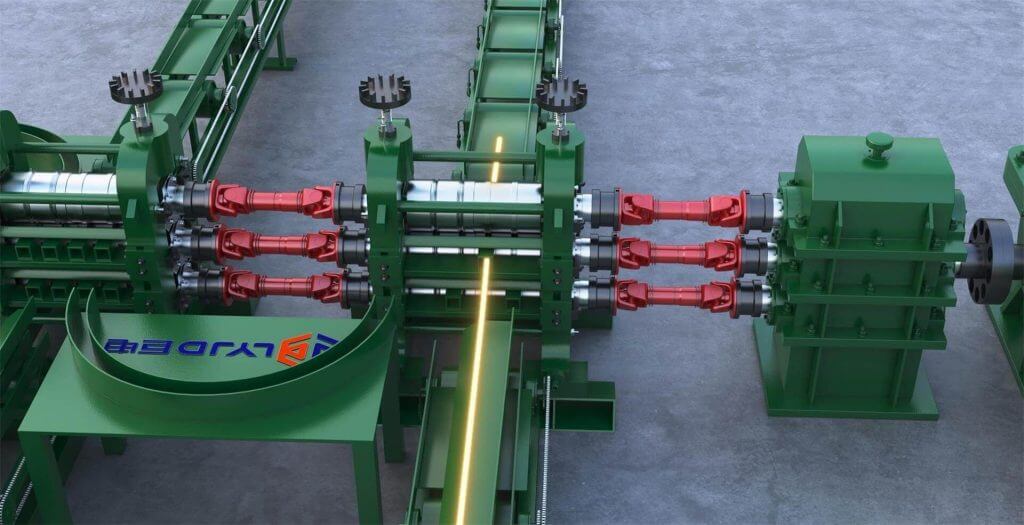Heating steel billet is an important step in the steel production line. What are the common defects in the steel production line? What are the measures to prevent these defects? Today, Luoyang Judian will introduce what defects will occur when heating the billet in the steel production line.

Billet Overheating
When the billet is heated for a long time, it is easy to cause overheating. The heating phenomenon of steel billets is mainly manifested in the tissue grains of steel excessively growing into crude crystal tissue, thereby reducing the combination of crystal grains and reducing the plasticity of steel.
During the rolling steel, the overheated steel is prone to cracking, especially the corners. When the surface of the steel is caused by a slight overheating, the surface quality and mechanical properties of the steel surface are produced.
In order to avoid overheating defects, heating temperature and heating time must be strictly controlled.
Black Burning of Steel Billet
Black billets will become thick crystalline tissue at high temperatures and long-term heating. At the same time, the low-melting-point non-metallic compounds on the grain boundary will be oxidized and the crystalline tissue will be destroyed, causing the steel to lose its due strength and plasticity. This phenomenon is called too much burn.
Surgery will cause severe rupture when rolling. Therefore, over-burning is a heating defect that is more severe than overheating. It is impossible to save over the re-smelting steel.
Avoid over-burning methods: reasonably control the heating temperature and the oxidation atmosphere in the furnace, strictly implement the correct heating system and the system to be rolled to avoid high temperature.
Billet Temperature Uneven
This phenomenon is likely to produce when the heating speed is too fast or the output is greater than the heating ability. The steel billet with uneven temperature is difficult to control the size and accuracy of the rolled parts during rolling, and it is easy to cause rolling accidents or equipment accidents.
Avoiding method: Reasonably control the mild heating speed of the furnace, and do a good job of connection between rolling and heating.
Billet Oxidation Loss
The billet produces oxidation at room temperature, but the oxidation speed is slower. As the heating temperature increases the oxidation rate, when the billet is heated to 1100-1200 degrees, the strong oxidation is performed under the action of the furnace gas to generate iron oxide skin leather. Essence The generation of iron oxide skin increases heating and damage, resulting in a decrease in the material rate index.
Measures to reduce oxidation and damage: Reasonable heating system and operate correctly to control the atmosphere in the furnace.
Billet Decapyarian
When the billet is heated, the phenomenon of decreased carbon content on the surface is called decarburization. Steel that is easy to decarcally is generally high-quality carbon structural steel and alloy steel with higher carbon content. These steels have a special purpose. After decarburization, the surface of the steel is inconsistent with the internal carbon content, which reduces the strength of the steel and affects its performance. In particular, for steel that requires high wear resistance, high elasticity, and high toughness, it greatly reduces surface hardness and use performance due to decontamination, and even causes waste.
Control method: strict heating system and reasonable control of the atmosphere gently in the furnace.
The above are some common defects and avoidance measures that will appear in the billet heating process. In a rebar production line, the billet heating process is crucial to the quality of the finished product. I hope this article is helpful to everyone.
Please send us your request and we reply to you with in 24 hours.
Submit Request